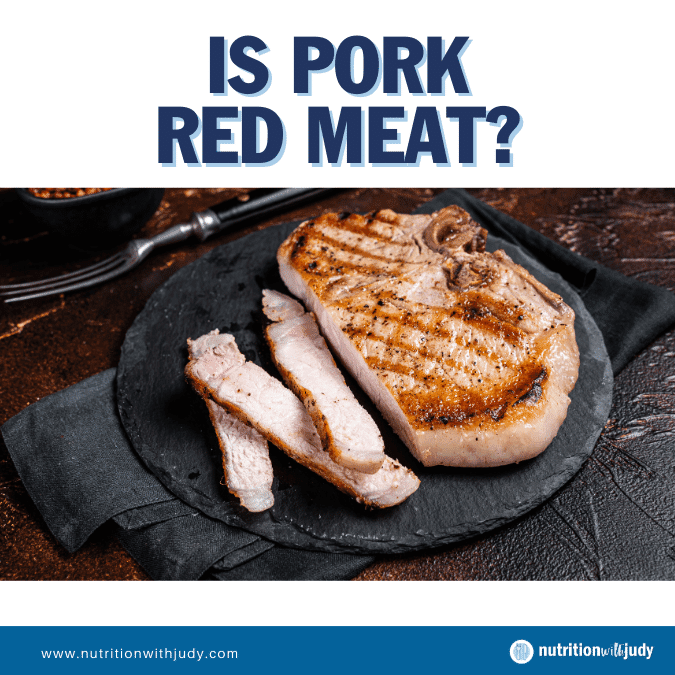

Is Pork Red Meat?


As we step into January, the month celebrated as World Carnivore Month, it’s a fitting time to delve into the carnivore diet, a pathway chosen by many to reclaim their health and manage chronic illnesses. The carnivore diet, known for its emphasis on animal products, offers various adaptations to cater to individual preferences and health objectives. A frequent query that emerges among enthusiasts is about the categorization of meats, particularly, what should be included in their diet. While this requires a bit more nuance, one of the common questions asked is regarding red meat. Red meat is often prioritized in this way of eating, but what about pork? Is pork red meat? Individuals frequently ask if they should include pork in their carnivore diet— let’s take a closer look at how pork is classified and if you should be eating it.
What Is the Carnivore Diet?
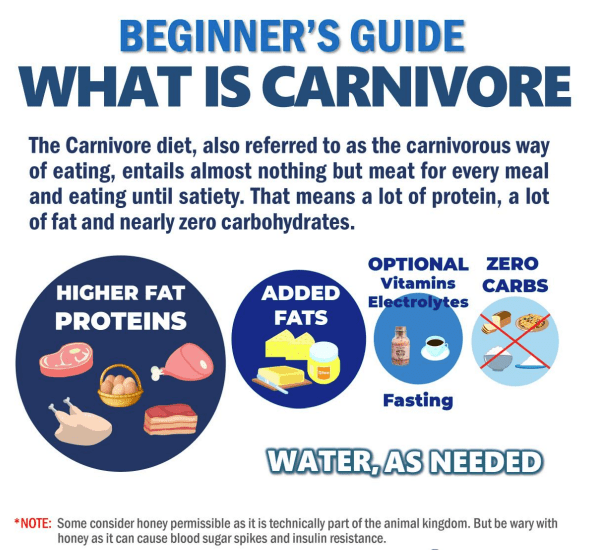

The carnivore diet is a regimen focused on consuming primarily animal products. It is characterized by consuming only animal foods and eliminating anything from the plant kingdom. The diet comes in different variations, each tailored to meet specific health goals or dietary preferences. While there are many more different carnivore diet variations that you can learn more about here, these are the five variations that people most commonly start from.
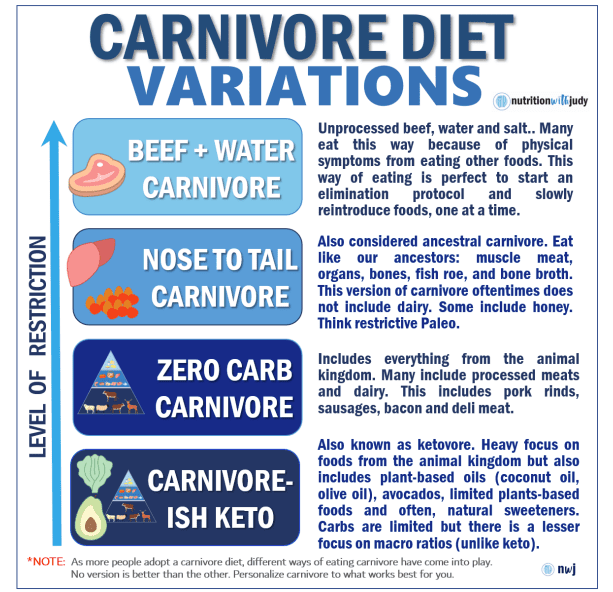

- Beef-Only Carnivore Diet: The beef-only carnivore diet includes only various cuts of beef, salt, and water. This is the most restrictive form of the diet, acting as the ultimate elimination diet. Beef only is ideal for individuals looking for deeper support for chronic conditions, autoimmunity, and more. Beef-only carnivore is only recommended for the short term. While many people can do well eating this way for longer periods of time, this can risk certain nutrient deficiencies.
- Lion Diet: The next most restrictive carnivore diet is the lion diet. The lion diet, coined by Mikhaila Peterson, includes only ruminant meat, salt, and water. Ruminants would be characterized as beef, lamb, goat, elk, deer, moose, as well as technically horse and camel. We’ll touch on why ruminants are often prioritized by carnivores later on. This diet is also ideal for individuals looking to heal or support deeper health issues. This way of eating is also recommended for the short term as it holds similar risks as the beef-only carnivore diet.
- Meat-Only Carnivore Diet: Next up is the meat-only carnivore diet. It includes any variety of meat including ruminants, poultry, pork, and seafood. In addition to the variety of muscle meats available, individuals are recommended to start with salt and water only. Depending on your goals and if you’re not trying to heal deeper health issues, some individuals also include certain seasonings and perhaps other beverages beyond water such as coffee and tea. We always recommend starting as strictly as possible since you can slowly reintroduce foods for a better understanding of what you’re reacting to.
- Nose-to-Tail Carnivore Diet: The nose-to-tail carnivore diet is essentially the meat-only carnivore diet but with the addition of organ meats. Organ meats can be a nutrient-dense option to add, however, it’s important to not risk overdoing it. Overconsumption of certain organ meats such as liver and kidneys can lead to the risk of vitamin A toxicity. If you think back to hunter-gatherers that naturally eat this way, the tribe would have very limited organ meats compared to the amount of muscle meat and fat available. If you have specific nutrient deficiencies you’re looking to support through organ consumption, just be mindful that you’re not risking vitamin A toxicity.
- Zero-Carb Carnivore Diet: The last option we’ll discuss is the zero-carb carnivore diet. This includes all animal products including organs, dairy, and eggs. While dairy and eggs technically have minimal carb content, this way of eating is nearly zero-carb. Individuals that have metabolic flexibility and are generally healthy can start here. If you’re looking to lose weight or optimize wellness, this can be a great place to start as well. Just note that some people have to cut dairy initially to help support their weight loss goals. As the least restrictive version of the carnivore diet listed here, we often recommend this variation for those transitioning from a Standard American Diet (SAD) or moderators who don’t do well with complete abstinence from a particular food.
Which Carnivore Diet Variation Is Best for Me?
Each variation of the carnivore diet has its pros and cons. For those dealing with chronic illnesses or autoimmune conditions, starting with the most restrictive form, like the beef-only or lion diet, is often recommended. This initial strict approach helps identify food sensitivities and establish a baseline before gradually reintroducing other foods.
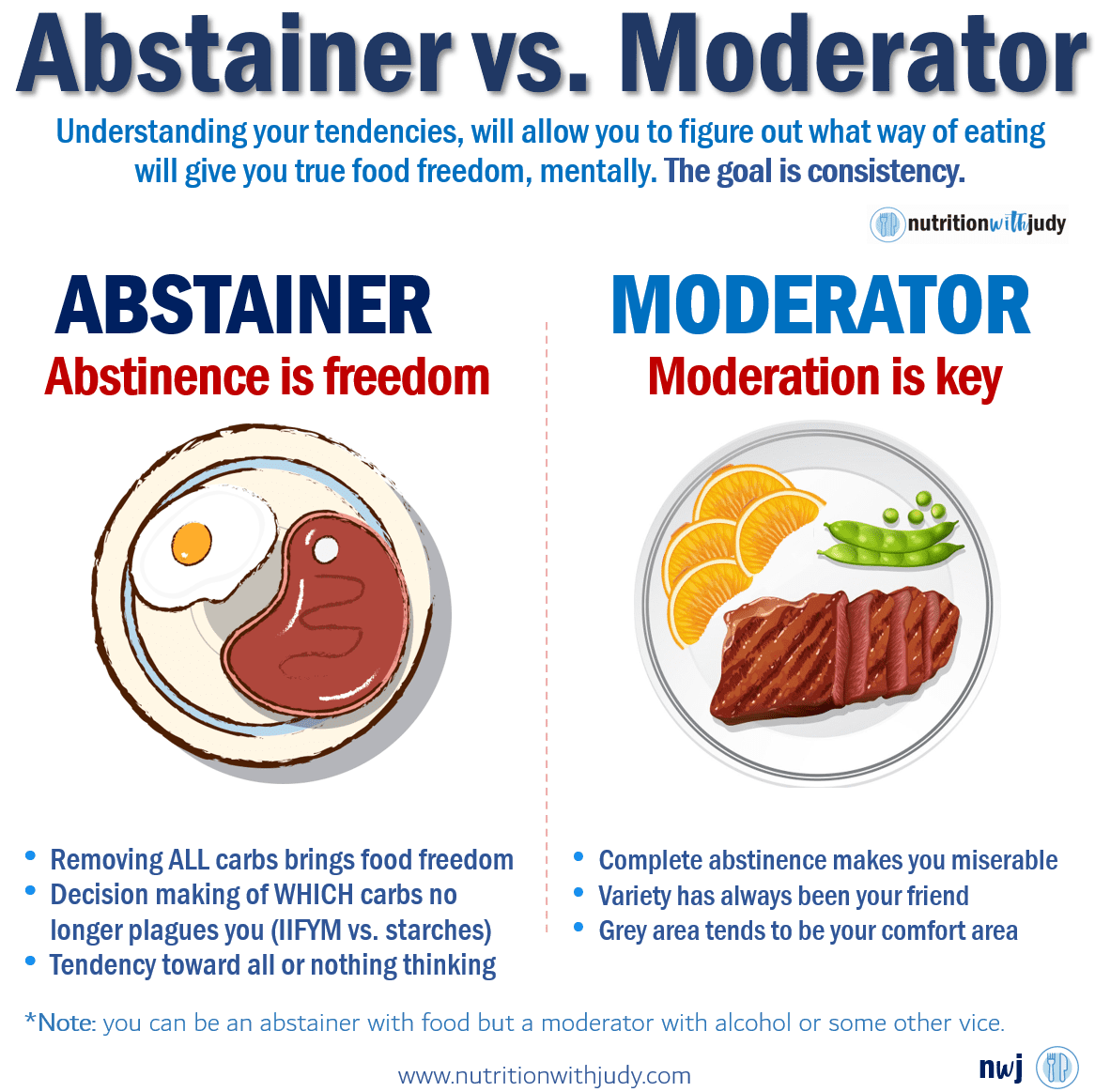

In addition to your health needs, another important thing to consider is if you’re an abstainer or a moderator. Knowing which type of personality trait you have can help you better modify your transition plan. Abstainers are individuals who do best when going cold turkey and completely cutting things out at once. Abstainers generally do better by jumping right into the diet and can find it sustainable to go directly to the most restrictive diet as long as they feel the benefits.
Moderators are individuals that do best when they moderate the types of foods they eat. They generally don’t do well in the context of cutting things out completely and need to find ways to slowly transition or keep in rotation certain foods that make this way of eating sustainably. Moderators usually need to start with a less restrictive diet and work backward. However, if you have severe health issues and find it compelling to eat beef-only or the lion diet, find ways of supporting yourself through moderation as you slowly transition to this restrictive diet.
Is Pork Red Meat?
Pork is indeed classified as red meat. This classification is based on the myoglobin content in the muscle, which is higher in pork compared to white meats such as chicken. The red color of raw pork and its nutritional profile align it more closely with red meats like beef and lamb than with white meats.
While the USDA still classifies pork as red meat along with most nutritionists, in recent years you may have heard the phrase, “pork is the other white meat.” This controversial distinction has come to rise as Americans shifted their demand towards white meat. A big contributing factor has been the ongoing demonization of red meat— survey trends show that Americans prefer chicken to pork due to the saturated fat differences.
In order to combat this misled demand, a series of TV ads ran in early 1987 pitched to Americans as an alternative to other lean white meats with the famous slogan: “Pork. The Other White Meat.” As a result, pork consumption rose nearly 20% and reached $30 billion annually by 1991. Due to the success of this campaign, this can explain why so many people think that pork is considered white meat.
Which Carnivore Diets Include Red Meat?
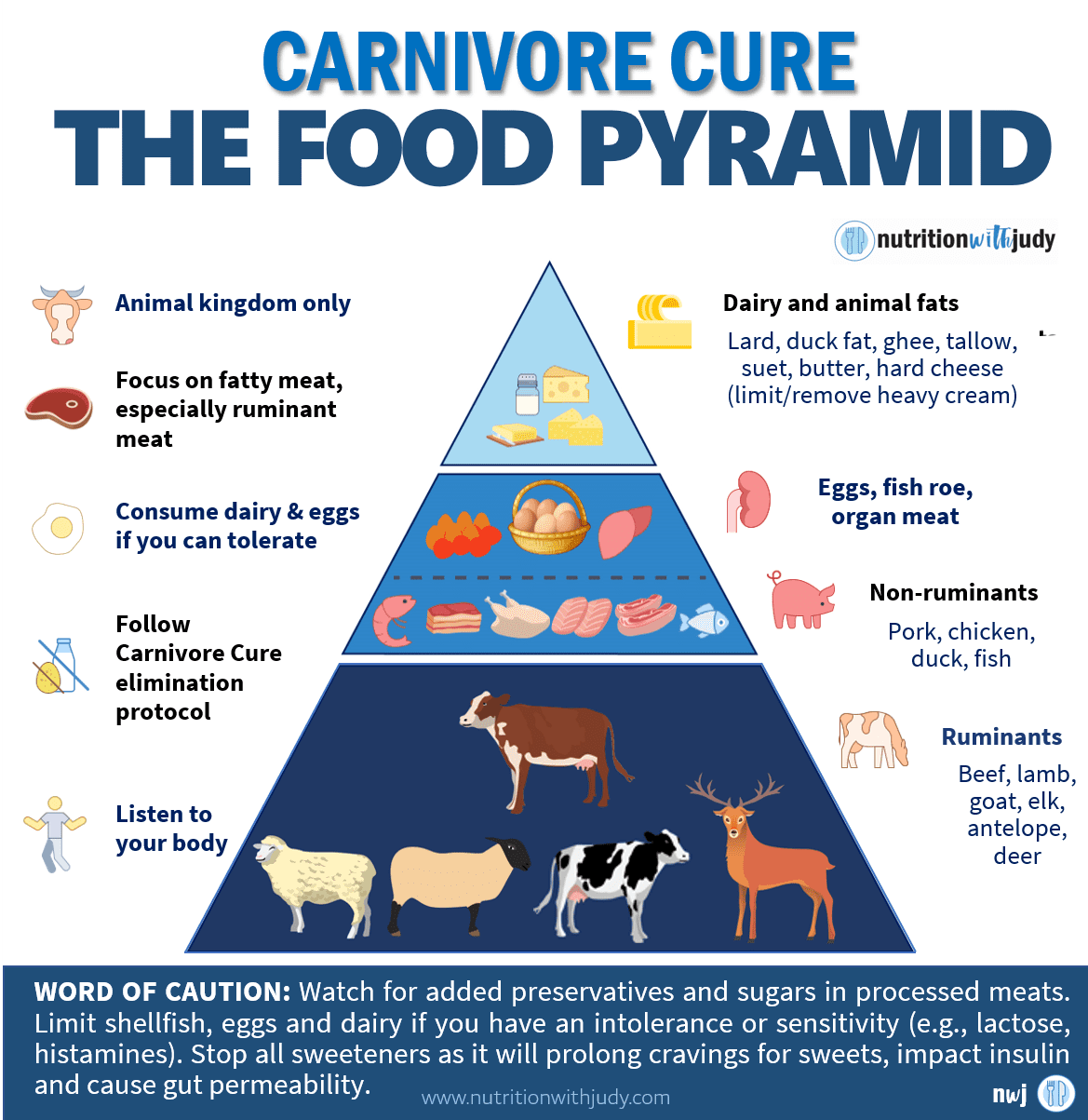

In carnivore diets, the distinction isn’t made based on red versus white meat but rather on whether the meat comes from ruminants (like cows and sheep) or non-ruminants (like pigs and chickens). Ruminant meats are often preferred in carnivore diets due to their nutrient profile and fatty acid composition. They are often easier to digest compared to non-ruminant animals as ruminants have a unique digestive system.
Instead of one, ruminants have four chambers in their stomach. Of the four compartments, the rumen is the largest section and the main digestive center. This allows these animals to better process and absorb all the nutrients found in plants while minimizing the accumulation of plant anti-nutrients and glyphosate.
Another benefit of ruminant meat is that it is much more satiating than non-ruminant meats. That’s why ruminants are the focus rather than delineating between red meat.
Should I Include Pork In My Carnivore Diet?
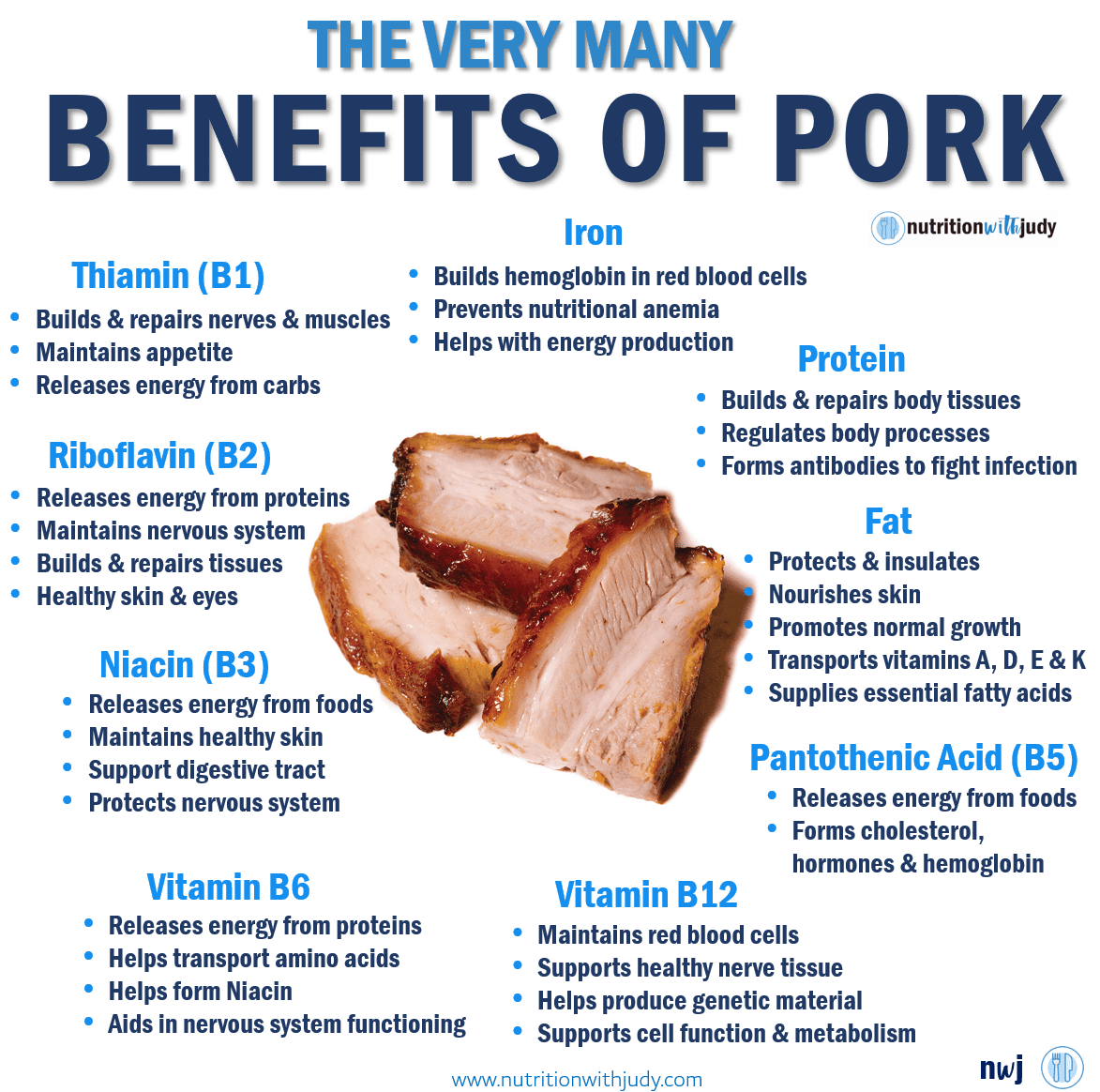

Including pork in a carnivore diet can be beneficial, as it offers variety and different nutrients. There are actually certain nutrients that are exclusive to pork such as vitamin B1 or thiamine.
However, some individuals may find that they tolerate pork better only after an initial period of dietary restriction. This tolerance can vary based on individual health conditions and digestive capabilities. If you have chronic illness, autoimmunity, or impacted gut health, it’s often recommended to start with ruminant meats only, making beef-only carnivore diet or the lion diet the best places to start.
For those who have been on the more restricted diets and are ready to reintroduce pork, we have a great reintroduction method through the Carnivore Cure. It’s best to source pasture-raised, corn and soy-free pork varieties upon reintroduction especially for those with autoimmune and gut issues. Try a cleaner pork option before trying conventional grain-fed pork varieties.
The Benefits of Red Meat In Carnivore Diets
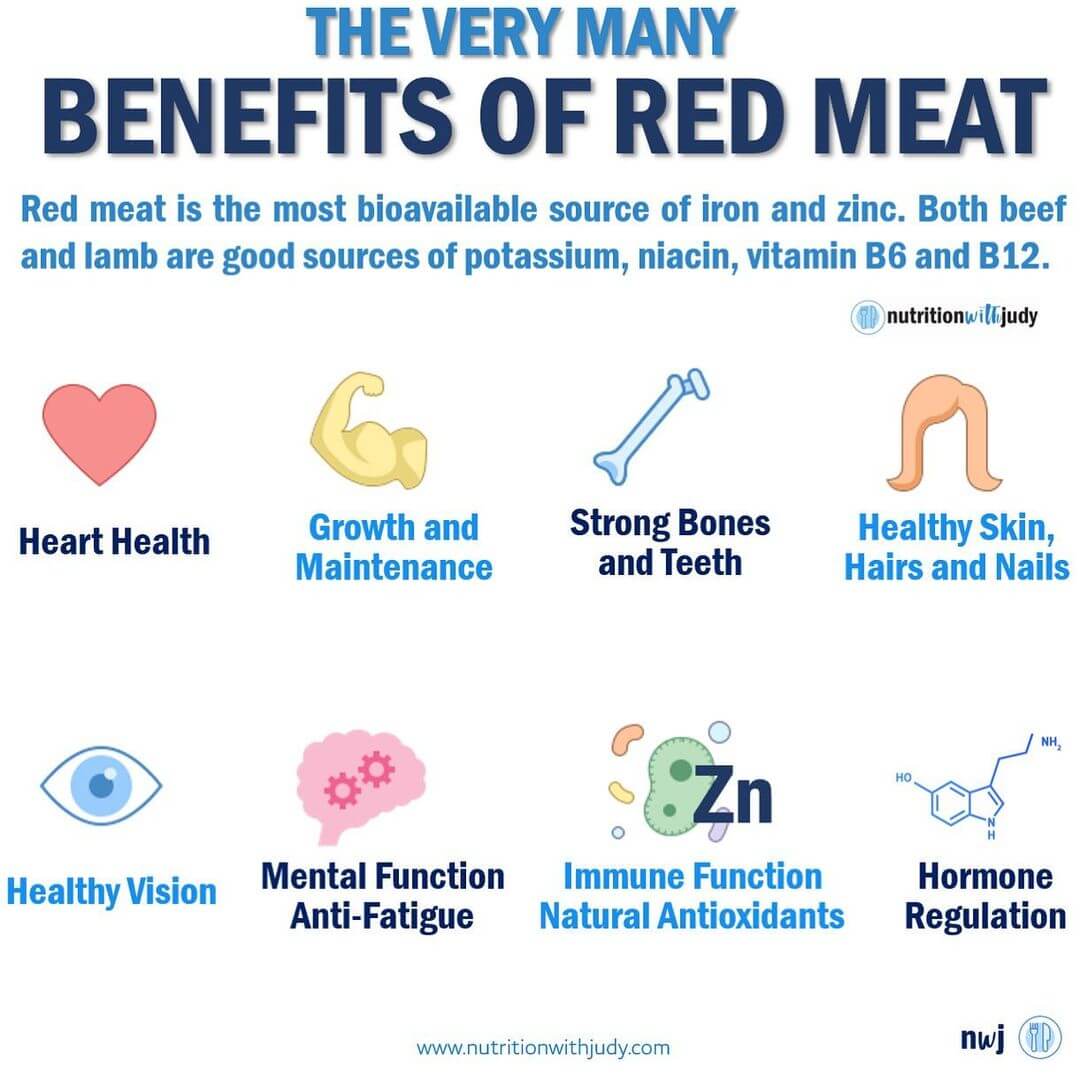

Red meat is a nutritional powerhouse and superfood, rich in essential nutrients like high-quality protein, healthy fat, B vitamins, iron, zinc, and important fatty acids. It plays a crucial role in carnivore diets, supporting muscle growth, immune function, and overall health. While we find value in eating a rainbow of meats, red meats such as ruminants and pork offer essential nutrients needed to function optimally and thrive.
Are PUFAs From Pork An Issue?
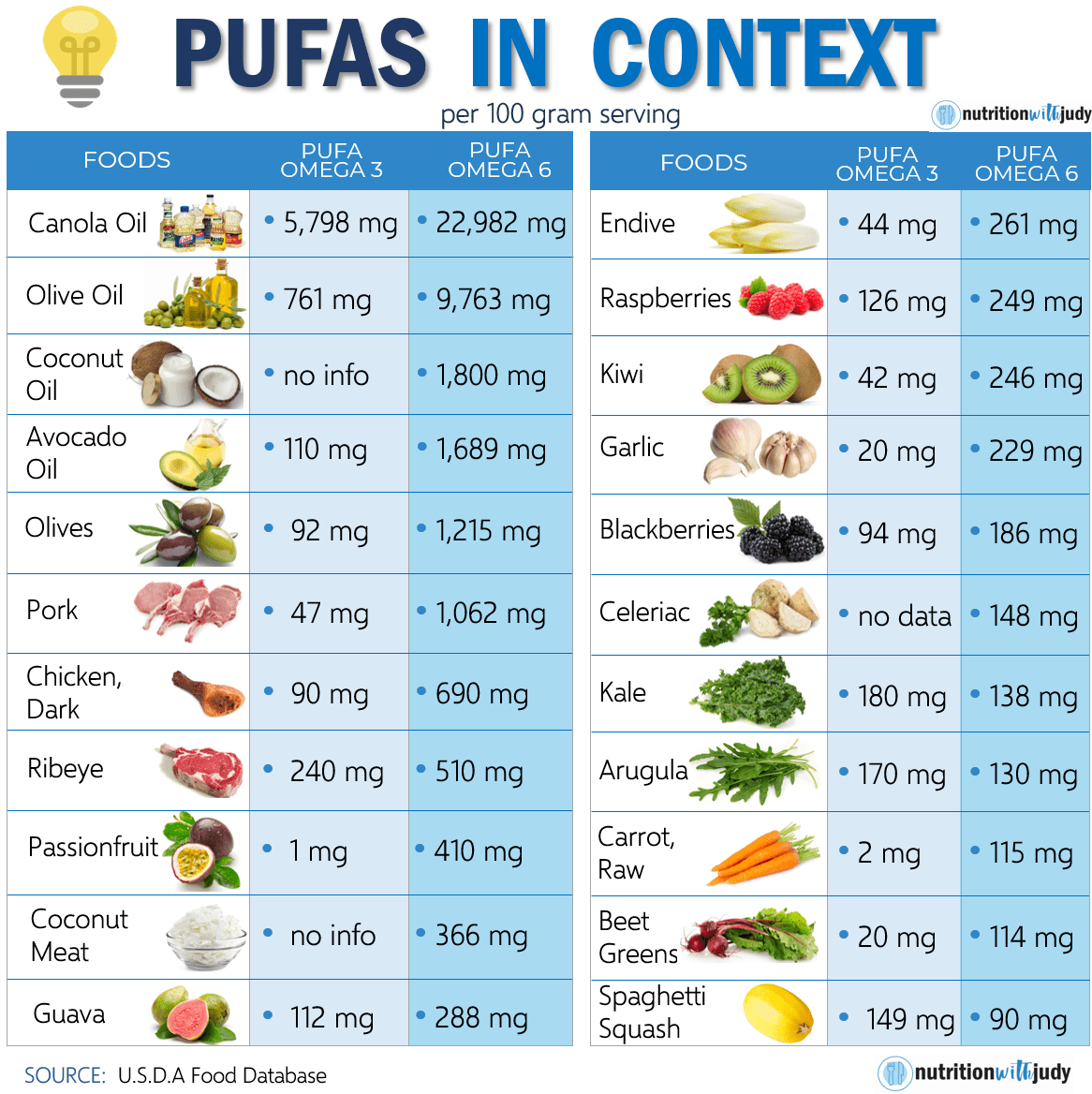

Polyunsaturated fatty acids (PUFAs) in pork are not inherently problematic. The key is to maintain a balanced approach, incorporating a variety of meats, including pork, to ensure a broad spectrum of nutrients. This diversity aids in achieving a well-rounded dietary profile. If you’re still concerned about including pork in your carnivore diet because of PUFAs, we’ve debunked that argument here.
Closing Thoughts On Pork, Red Meat, and the Carnivore Diet
In conclusion, pork is a type of red meat and can be a valuable component of the carnivore diet. While the focus in carnivore diets often leans towards ruminant meats, incorporating a variety of meats, including pork, provides nutritional benefits and can enhance dietary adherence. As always, personal tolerances and health goals should guide individual dietary choices.
Work With Our Trusted Carnivore Diet Functional Nutritional Therapy Practitioners
The Nutrition with Judy practice is honored to be a trusted carnivore diet practitioner support serving clients from around the globe. We’re passionate about helping our clients achieve root-cause healing in order to lead the best quality of life possible that’s nearly symptom-free. Our team is dedicated to educating our community about the incredible benefits of the carnivore diet. We welcome you to explore our free resources and are always available to support you through personalized protocols. Our Symptom Burden Assessment (SBA) is the perfect starting point for discovering your root cause and is required to work with our team— you can learn more in-depth about this powerful tool here.
Start your root-cause healing journey today and contact us any time with any questions or concerns.
DISCLAIMER: This content is for educational purposes only. While we are board-certified in holistic nutrition and are nutritional therapy practitioners, we are not providing medical advice. Whenever you start a new diet or protocol, always consult with your trusted practitioner first.





